Network Attached Storage (NAS) systems have become a trusted solution for storing and sharing data across multiple users and devices.
Businesses rely on them for centralized access, secure backups, and efficient collaboration. However, like any storage device, NAS units are not immune to data loss.
Hardware failure, accidental deletion, or software corruption can make valuable information suddenly inaccessible.
When that happens, users often try quick fixes that can worsen the situation. Understanding the common causes of NAS data loss helps you prevent costly downtime and know when to seek expert help.
At RAID Recovery Services, we specialize in restoring critical data from failed or damaged NAS devices, ensuring that your systems are safely recovered and your files remain intact.
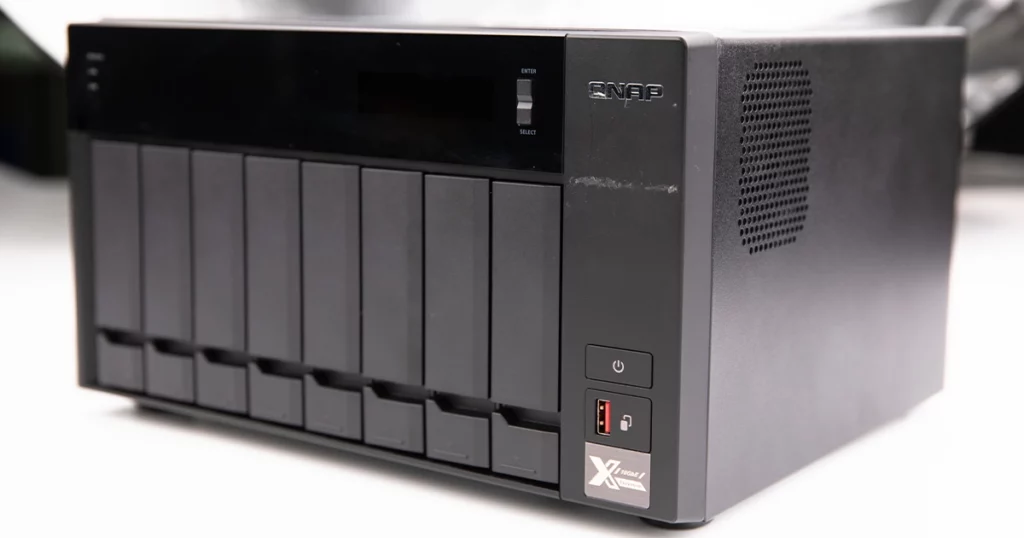
Hardware-Related Failures
Hardware issues are among the most frequent causes of NAS data loss. Even reliable devices can fail due to component wear or electrical damage. Common hardware-related problems include:
Hard drive failure: Over time, NAS drives can develop bad sectors, read/write head damage, or motor issues. Once a drive starts failing, it can corrupt data across the array.
Power surges or outages: Sudden electrical interruptions can damage the NAS controller, power supply, or drive electronics, making the entire array inaccessible.
Overheating: Inadequate ventilation or continuous high loads can cause drives to overheat, leading to physical degradation or thermal shutdowns.
Controller board failure: A malfunctioning RAID controller can disrupt communication between drives and the operating system, often resulting in data loss or volume errors.
These hardware issues may seem unpredictable, but regular monitoring and timely maintenance can prevent most failures. If your NAS drives suddenly show offline or degraded status, stop using the device and contact professionals.
To learn more about how NAS drives differ from traditional ones, visit NAS Hard Drive vs Regular Drive.
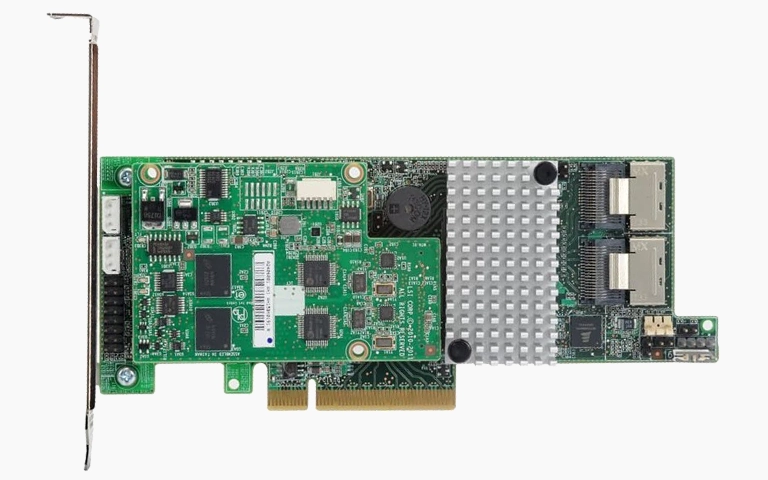
File System and Firmware Corruption
NAS devices rely on stable firmware and organized file systems to manage and access stored data. When either becomes corrupted, files and folders may disappear, or the NAS may fail to boot entirely. The most common causes include:
Improper shutdowns: Power loss during file transfers or updates can corrupt the NAS file system or break directory structures.
Firmware update errors: Interrupted or failed firmware updates often leave the system stuck in a boot loop or unable to mount volumes.
Software bugs: Outdated firmware or unstable updates can cause data access errors, especially in complex RAID configurations.
File system damage: Bad sectors, unexpected reboots, or system crashes can lead to unreadable partitions and missing shares.
Corruption at this level can make a NAS appear empty even though the data is still present on the drives. Attempting to reformat or reinstall firmware may overwrite recoverable files.
If your NAS shows such signs, stop all activity immediately and seek professional help. Our specialists at RAID Recovery Services safely clone and rebuild the affected drives to restore data integrity without further damage.
Human Error and Accidental Deletion
Even the most advanced NAS systems cannot prevent mistakes made by users or administrators. Human error is one of the top reasons for NAS data loss and can happen in several ways:
Accidental file deletion: Shared folders or important datasets can be mistakenly deleted, especially during cleanup or reorganization.
Volume reformatting: Reinitializing or formatting a NAS volume without confirming backups can permanently erase all stored data.
Incorrect configuration changes: Altering user permissions, quotas, or shared paths may cause loss of access or overwrite critical directories.
Improper firmware or system resets: Performing factory resets without removing drives or backing up configurations can destroy RAID and volume structures.
These actions are often irreversible through simple undo or restore commands.
In such cases, avoid creating new files or running recovery tools. Data overwriting happens quickly on NAS systems.
At RAID Recovery Services, our engineers can recover deleted or lost files from most NAS models, even when data seems completely erased.
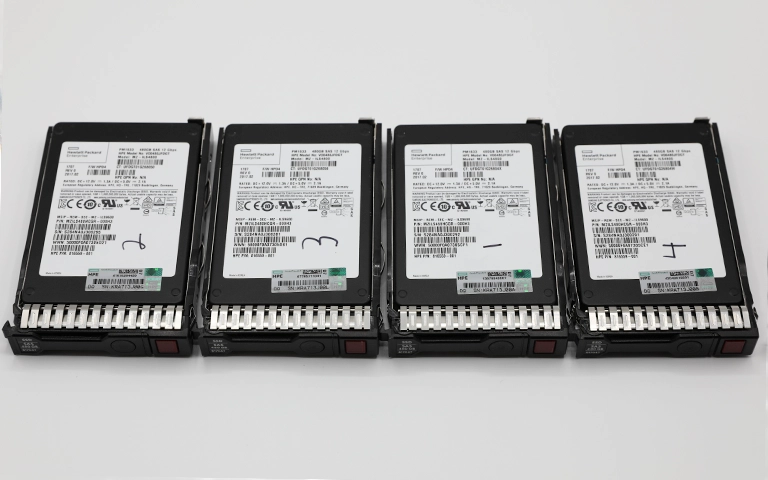
Fast turnaround times for business-critical data
Environmental or Network Causes
NAS systems are sensitive to both environmental and network-related disruptions. Even when hardware and configuration remain intact, these external factors can still trigger severe data loss:
Overheating or humidity: Continuous operation in high temperatures or humid conditions can cause component degradation, condensation, and eventual drive failure.
Power outages or surges: Sudden electrical interruptions can damage internal circuits or corrupt RAID parity data during write operations.
Fire or flooding: Physical damage from natural disasters often destroys both drives and controllers, making professional recovery the only option.
Network failures: Unstable connections, IP conflicts, or improper access controls may lead to corrupted transfers or incomplete synchronization.
Firmware update interruptions: Updating NAS firmware over unstable connections can leave the system unbootable or with missing configuration files.
If your NAS suddenly disconnects from the network or reports inaccessible shares, avoid reconfiguring network settings or restarting the device repeatedly. Instead, contact professionals for a diagnostic.
Learn more about identifying and handling system-wide NAS failures in our post NAS Failure and Recovery.
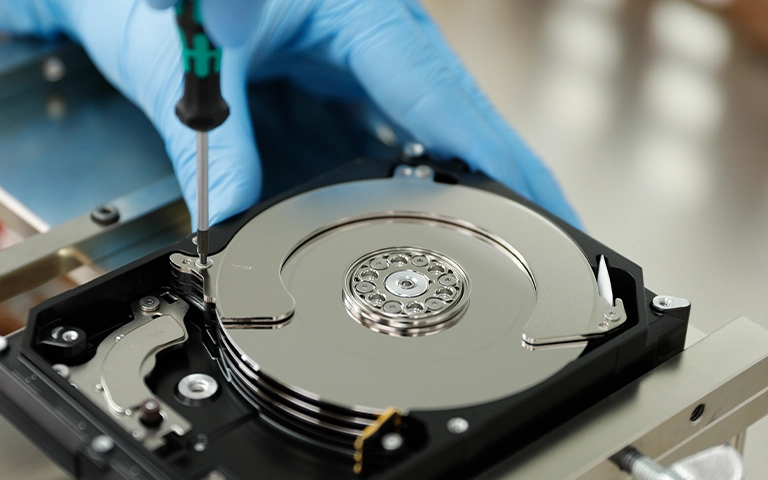
Professional NAS Data Recovery
When NAS data loss occurs, time and expertise are crucial. Each additional attempt to repair or rebuild the system can reduce the chances of successful recovery.
At RAID Recovery Services, our engineers follow a precise process to restore your data safely:
Comprehensive evaluation: Every NAS is inspected to identify hardware damage, logical corruption, or RAID misconfigurations.
Safe drive imaging: We create sector-by-sector copies of all drives to ensure the original data remains untouched.
RAID reconstruction: Our team rebuilds the array virtually to restore the correct order, parity, and file system structure.
File extraction and verification: Once the data is reconstructed, we recover and verify its integrity before final delivery.
You can see a real-life example of this process in our Failed Synology DS3622xs NAS Recovery case.
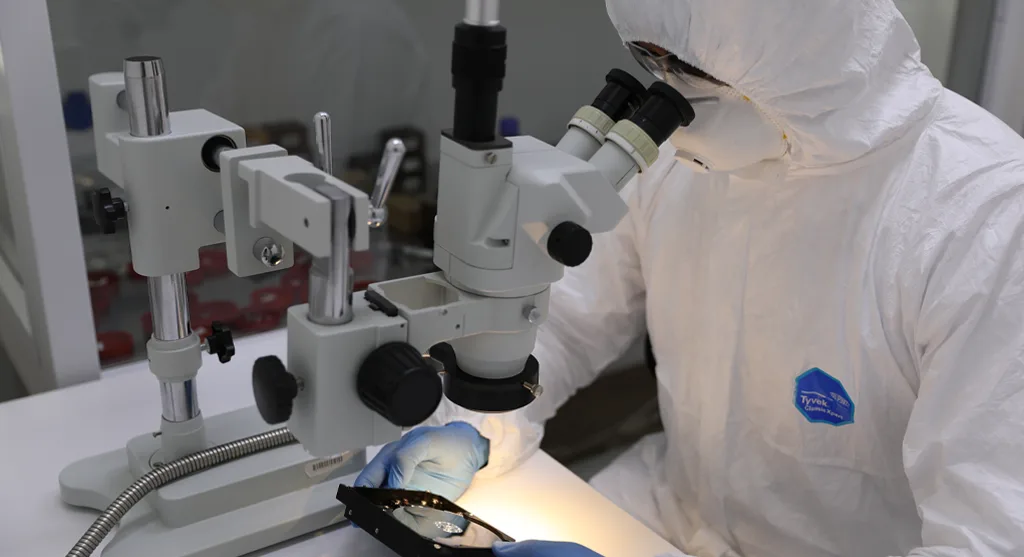
Prevention Tips for Future NAS Data Loss
To reduce the risk of future NAS data loss:
Maintain consistent, automated backups. Regularly scheduled backups protect against unexpected hardware or software failures.
Monitor drive health and replace failing disks promptly. Use SMART monitoring tools or NAS utilities to identify early warning signs.
Keep firmware and software updated. Updates often fix bugs and security vulnerabilities that could otherwise lead to corruption.
Ensure stable power and proper cooling conditions. Use UPS systems and maintain adequate ventilation to prevent power-related or thermal damage.
For additional strategies, explore Data Loss Prevention.
If your NAS has failed or files have become inaccessible, don’t attempt DIY recovery. Contact RAID Recovery Services to have your data handled by professionals who understand the complexities of NAS and RAID environments.
Trust the experts with proven results
Frequently Asked Questions
What are the main reasons for NAS data loss?
NAS data loss can occur due to hardware failure, RAID rebuild errors, file system corruption, accidental deletion, or environmental factors such as overheating and power surges.
Can data be recovered from a failed NAS device?
Yes. In most cases, data from failed NAS systems can be recovered by professionals. Specialists at RAID Recovery Services use advanced imaging and reconstruction methods to restore files safely.
Should I try rebuilding my NAS after a failure?
No. Attempting to rebuild or reinitialize a failed NAS may overwrite important data and make recovery more difficult. It is best to stop using the device and contact a recovery expert.
How long does NAS data recovery take?
Recovery time depends on the type of failure, number of drives, and array configuration. Typically, the process takes between a few days and a week after evaluation.
How can I prevent NAS data loss in the future?
Keep firmware up to date, use surge protection, monitor drive health, and schedule regular backups. These steps help reduce the risk of data loss and improve system reliability.